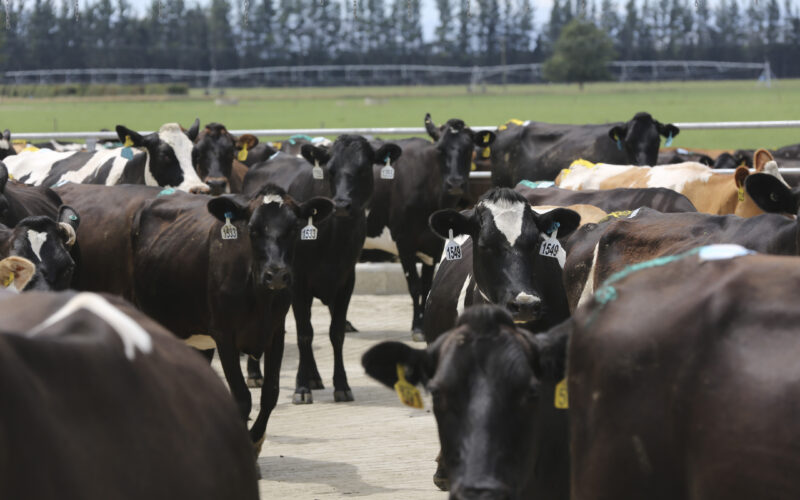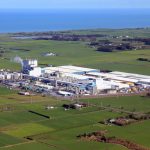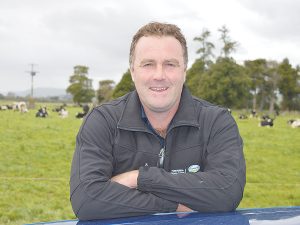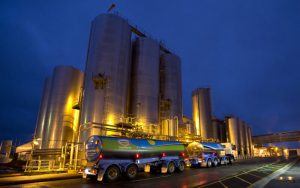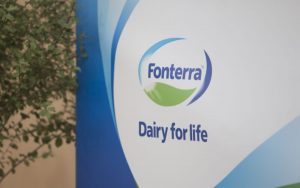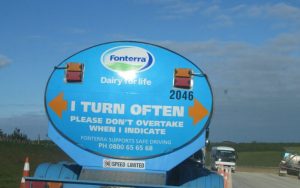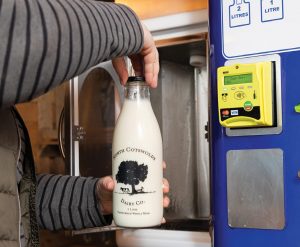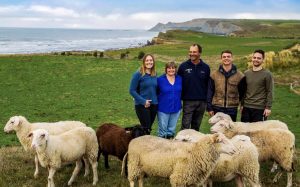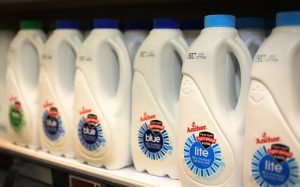
Peter McBride cautions about the environmental management of any sudden increase in milk production.
Supply constraints on New Zealand’s ability to produce enough dairy protein to meet global demand are becoming apparent, but any increase needs to be managed in the right way, says Fonterra chair Peter McBride.
Speaking to Farmers Weekly at Fieldays, McBride acknowledged the growing shortage of quality protein is a supply constraint. The limitation was something also confirmed by Fonterra staff during a recent Farmers Weekly visit to Taiwan.
Commanding premiums of 10-15% and up to 70% of some ingredients markets in Taiwan, the co-op’s protein ingredients are in high demand, coming as New Zealand cow numbers are well past their peak.
The resulting strong returns have anecdotal reports of more dairy farm conversions happening after almost a decade of minimal new farm supply growth.
But McBride was cautious about any prospect of a new “white gold” boom.
“We have to manage any increase in the right way. There is not one size fits all for increasing volume and it has to be on a catchment- by-catchment basis. We are starting to see an increase in conversions, there is potential for growth. How much? That is a moot point.”
Nitrate losses and ensuing water quality issues are the main constraint – one Fonterra has to manage carefully as it invests heavily in the “grass-fed, natural” message for NZ-sourced milk ingredients.
“Those farms that are converting, they are going to require more infrastructure, more concrete and a focus on the environment.”
He said environmental constraints are playing a role in global limitations on dairy protein growth, pointing to the likes of the Netherlands, where farmers are retreating from dairying.
In addition, disease issues like blue tongue, also in Europe, are a brake on the ability of farmers to grow herd supply volumes.
The United States remains the one country capable of growing volumes relatively rapidly.
“But what is interesting is the low beef herd numbers, the lowest since the 1970s. There are now dairy farmers who are making choices about how they can optimise revenue from beef on their dairy operations.”
Smaller, often older family-type farm businesses are opting to put terminal beef sires over cows, in a market where four-day-old beef-cross dairy calves are worth US$800 a head.
“It is almost as if they are looking at it as a way to move out of dairy.
“But we are also seeing the US work on growing its milk components [fat and protein] deliberately rather than just volume growth, in part responding to lower demand for liquid milk and growing demand for ingredients. Those marginal milk solids are now being exported.”
Accompanying this is increased investment in specialised plant capacity to take the liquid product to a more sophisticated ingredient form.
McBride was confident about Fonterra’s farmers’ ability to meet the co-op’s imposed target of 30% farm emissions intensity by 2030 compared to 2018 emissions. It comes as its main market, China, is also establishing its own reductions targets.
“Their targets appear to be similar to ours, and it definitely seems to be coming from top down.”
McBride said picking the right emissions reduction target is a delicate business.
“The target needs to be aspirational, but we need to also be cogniscent about trade access and free trade agreements. If we get it wrong, we invite non-tariff trade barriers based on emissions.”
You can now read the most important #news on #eDairyNews #Whatsapp channels!!!
🇺🇸 eDairy News INGLÊS: https://whatsapp.com/channel/0029VaKsjzGDTkJyIN6hcP1K
